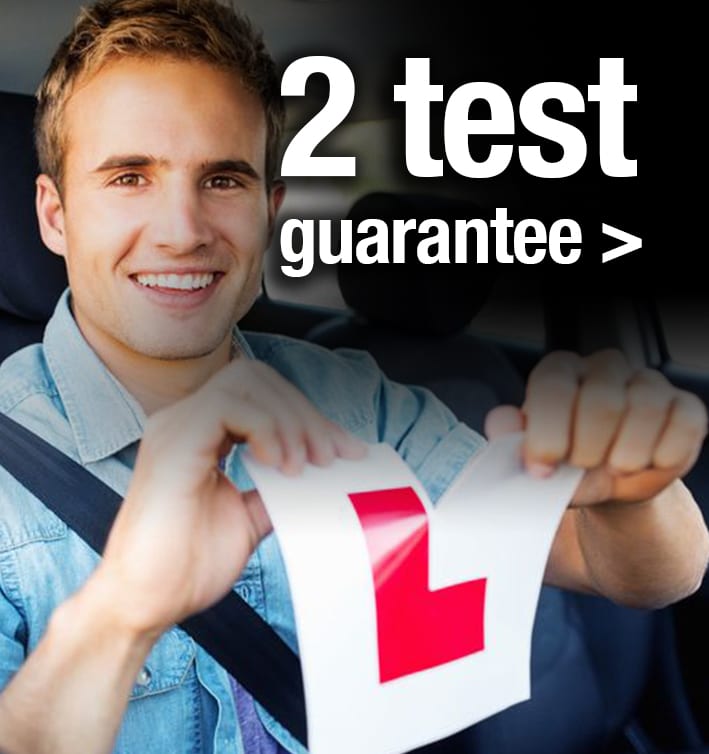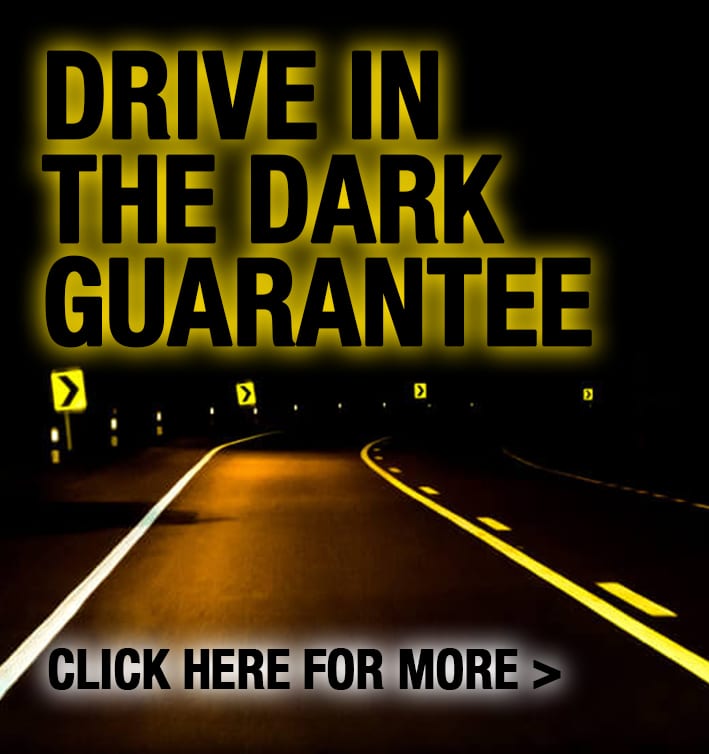Dealing with School Crossings on Driving Lessons in Bourne
You are likely to come across School Crossing Patrol Attendants in your driving lessons in Bourne as the 2 primary schools have them, and the new one in Elsea Park may well have such plans too. The law regarding this subject is very clear, and as you can see from this, the consequences for drivers breaching this are very real.
I have asked Stephen Saunders who does a superb job on one of the school patrols at Bourne Abbey CofE Primary Academy to give his perspective on the day to day problems that he experiences. Take time out to read the following, because getting into the habit on your driving lessons in Bourne of considering your actions from others’ point of view is a good driving habit (follow me on @tukkr for more #gooddrivinghabits). My thanks go to Stephen for his valuable contribution to road safety in our community, and for taking the time to provide us with the following:
Hi! My name is Steve and, as a School Crossing Patrol working in Bourne, Tom has asked me to write a few lines giving my personal perspective on road safety as it applies to highways in the vicinity of our local schools. Most importantly, I would say that, for general road safety information, I would draw your attention to the excellent advice provided by my employer, Lincolnshire Road Safety Partnership on their website, which can be found here.
This is a valuable resource for all the county’s road users and emphasises the importance Lincolnshire County Council places on the safe use of our roads and streets for everyone. Now, having worked in this role for over three years, the main issue of concern to me has been one of visibility. I cannot stress too much the importance of maintaining good visibility in the area of school crossings, for the safety of pedestrians generally and of young children in particular. Many school crossing points are protected by yellow Zigzags on both sides of the road as part of the School Safety Zone initiative, and are located in the immediate vicinity of the crossing point. It is paramount that vehicles should not stop, even briefly, in this area of the highway. A parked or immobile vehicle here hides young children from the view of other motorists and can obstruct the line of sight of school crossing patrols. In the case of a large vehicle, it can obscure the whole crossing and the patrol to speeding motorists. Parents in a hurry can be tempted to stop and allow children to alight in the vicinity of school crossing points, particularly where adequate parking is an issue in the area of schools. This is an extremely dangerous practice which should be resisted – it puts both their children and other young ones at risk of serious injury –or worse.
All road users are required to consider the consequences of their actions when in control of a vehicle. When those actions could endanger the lives of children even greater care should be taken and nowhere is this more important than around our schools.
A second, related, issue is that of parking generally in the vicinity of a school. Where there is limited parking available parents should consider that, even if parked ‘legally’, (i.e. not on chevrons, double yellows or in restricted parking areas) congestion in the local area can impact on the safety of school crossings. Where traffic becomes congested and forced to queue across a school crossing point, it can cause a visibility hazard in the same way than if the vehicles were parked. I would therefore ask all motorists (and that includes you, parents!) to park responsibly with due attention to safe parking practice. Don’t contribute to traffic congestion in the neighbourhood of your local school.
Lastly, pedestrians should always consider themselves as road users too. They also have a responsibility to contribute to the safety of our roads and this is particularly appropriate for parents and carers of young children when on ‘the school run’. Children are excitable and unpredictable; parents should keep their children under close supervision at all times when using the highway. Don’t assume, just because there is an attended school crossing point that children do not need to follow the provisions of the Highway Code. Children should always be encouraged to act safely and within the rules of the road, especially when they are old enough to cycle or use their scooters. Children should be taught to follow the directions of the school crossing patrol when travelling to and from school and to be aware that their own safety is also their responsibility. Kids are never too young to learn this valuable lesson!
It just remains for me to thank Tom for the opportunity to give my thoughts on child safety and hope that this short piece provides some food for thought for motorists, pedestrians, parents and children alike. Last (but certainly not least!) I would also like to say a big thank-you to all the drivers out there who DO pay careful attention to child safety in the vicinity of our local schools – please keep up the good work!
Remember, with just a little consideration, and if we all work together, we really can make the roads safer for our children!




